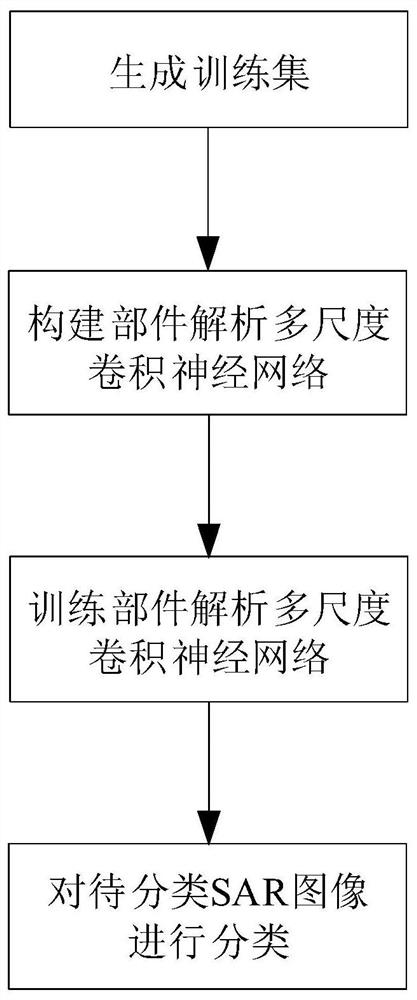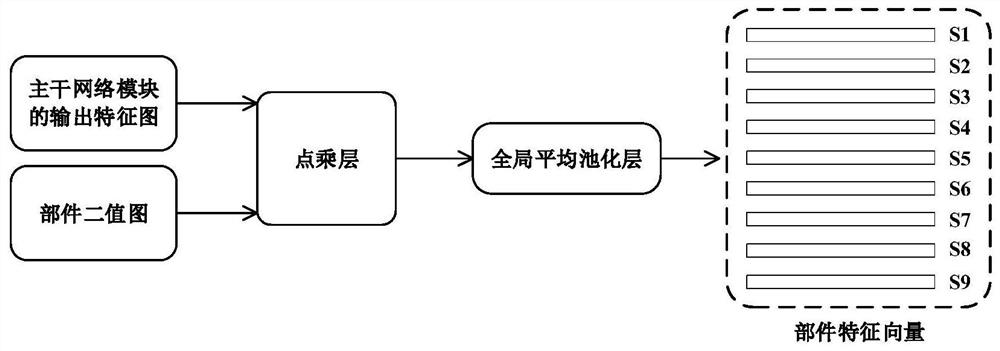SAR (Synthetic Aperture Radar) target recognition method based on component analysis multi-scale convolutional neural network
A convolutional neural network and target recognition technology, which is applied in the field of synthetic aperture radar SAR target recognition, can solve the problems of insufficient physical characteristics mining of SAR targets, difficult to establish, and insufficient SAR target characteristics, and achieve sufficient internal information mining of SAR targets. The effect of improving accuracy
- Summary
- Abstract
- Description
- Claims
- Application Information
AI Technical Summary
Problems solved by technology
Method used
Image
Examples
Embodiment Construction
[0031] The present invention will be further described below in conjunction with the accompanying drawings.
[0032] refer to figure 1 , and describe in detail the specific steps for realizing the present invention.
[0033]Step 1, generate a training set.
[0034] The sample set is composed of samples containing M types of ground stationary targets, each of which contains at least 200 synthetic aperture radar SAR complex images, where M≥3.
[0035] Take the modulus of each SAR complex image in the SAR complex image sample set to obtain the SAR real image sample set including amplitude information.
[0036] Using the component analysis method, the component binary image corresponding to each complex image in the SAR complex image sample set is obtained, and all the component binary images are constructed into a component binary image sample set containing electromagnetic scattering information.
[0037] The component analysis method is as follows:
[0038] In the first ste...
PUM
 Login to view more
Login to view more Abstract
Description
Claims
Application Information
 Login to view more
Login to view more - R&D Engineer
- R&D Manager
- IP Professional
- Industry Leading Data Capabilities
- Powerful AI technology
- Patent DNA Extraction
Browse by: Latest US Patents, China's latest patents, Technical Efficacy Thesaurus, Application Domain, Technology Topic.
© 2024 PatSnap. All rights reserved.Legal|Privacy policy|Modern Slavery Act Transparency Statement|Sitemap



